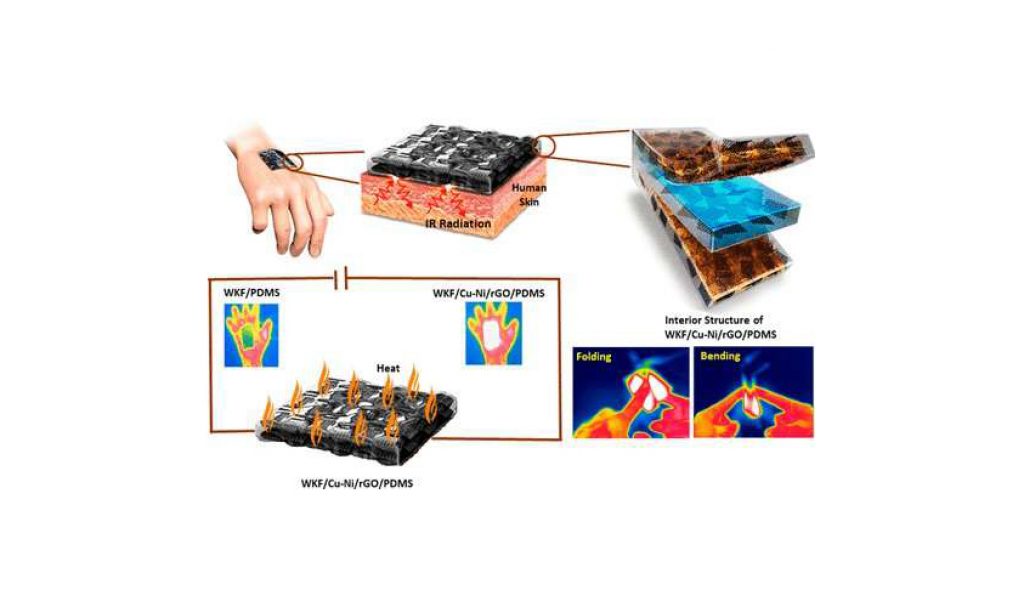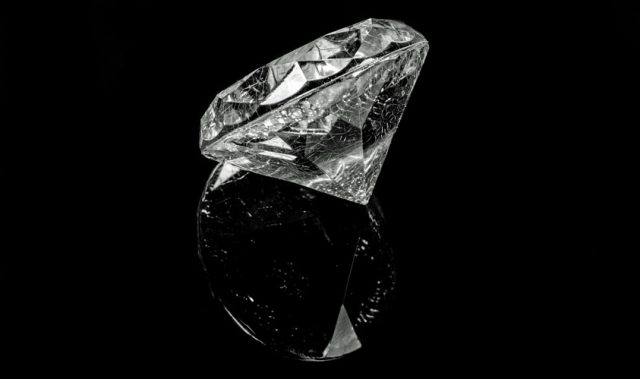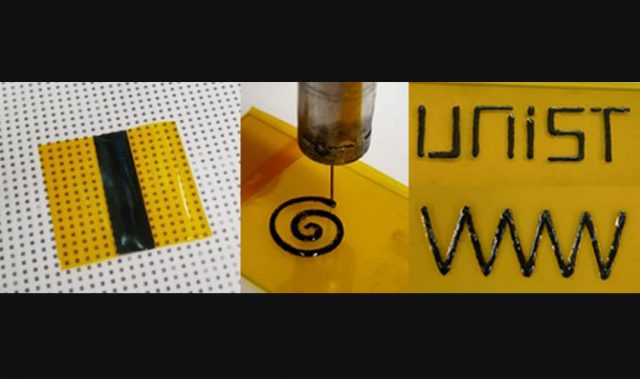
AsianScientist (Nov. 9, 2018) – In a study published in Nano Letters, researchers in South Korea have developed a bulletproof heating pad which could be used to make heated body armor for police and military personnel in cold climates.
Even at rest, the human body produces a lot of heat, but most of this warmth dissipates to the air and is wasted. Cold-weather clothing is often made from materials that keep heat close to the body, offering thermal insulation.
For even more warmth, scientists have tried coating textiles with metallic nanowires that can be heated with a small battery. However, researchers are still searching for a material that provides good thermal conductivity and insulation while being safe, inexpensive, durable and flexible.
In this study, a research group led by Associate Professor Park Hyung Wook of Ulsan National Institute of Science and Technology, South Korea, sought to make a wearable heating device by incorporating metallic nanowires into Kevlar®, the bulletproof fiber used in many types of body armor.
The team grew copper-nickel nanowires between two Kevlar® sheets. They filled in the spaces between the nanowires with a resin containing reduced graphene oxide to encourage uniform heating. The fabric was strong, flexible, breathable and washable, while still absorbing impacts similar to regular Kevlar®.
Applying a low voltage of 1.5 volts to the composite material, the researchers observed a rapid and uniform increase in surface temperature to 158 degrees Fahrenheit—a typical ‘high’ setting on a heating pad. In another experiment, the team showed that the material acted as a thermal insulator by reflecting infrared radiation emitted from a hot plate set at human body temperature.
The article can be found at: Hazarika et al. (2018) Woven Kevlar Fiber/Polydimethylsiloxane/Reduced Graphene Oxide Composite-Based Personal Thermal Management with Freestanding Cu–Ni Core–Shell Nanowires.
———
Source: American Chemical Society.
Disclaimer: This article does not necessarily reflect the views of AsianScientist or its staff.












